Rich Hoyer on his recently completed tour, Costa Rica in Spring
Spring came early to Costa Rica, and we experienced (and enjoyed) slightly cooler weather caused by occasional showers and some overcast days. An explosion of breeding activity was a bonus result. Of the nearly 475 species of wonderful tropical birds, heard and seen, we observed nesting evidence for almost 40, such as a Dark Pewee form-fitting its mossy nest in the top of a tree below eye level, a pair of rare Black-and-white Becards carrying material to their basket ball-sized orb in a small tree, and an amazing interaction between two male Resplendent Quetzals while the female watched from a nearby perch near the nest. With such a magnificent species seen so well, it was no wonder it was voted as one of the favorite birds of the tour.
Song activity was high well into the mid-day hours, and after lunch one day we chanced upon a responsive Lesser Ground-Cuckoo that performed amazingly on a bush right next to our bus. An elusive and attractive species (multicolored orbital skin reminding one of Egyptian royalty), it also earned it top votes to tie with the quetzal. Other bird highlights included 23 Turquoise-browed Motmots on one single day, a incredibly timed flyover of two Great Green Macaws at La Selva Biological Station, a male Snowcap at a flower garden, a busy mob of three species of intensely colored honeycreepers at close range, a kettle of over 150 migrating Mississippi Kites, and so many others. Add to the birds some wonderful snakes, lizards, frogs, and toads; many botanical highlights including some lovely orchids; and endless invertebrates from butterflies and moths to beetles and damselflies, it was a most enriching two weeks in paradise.
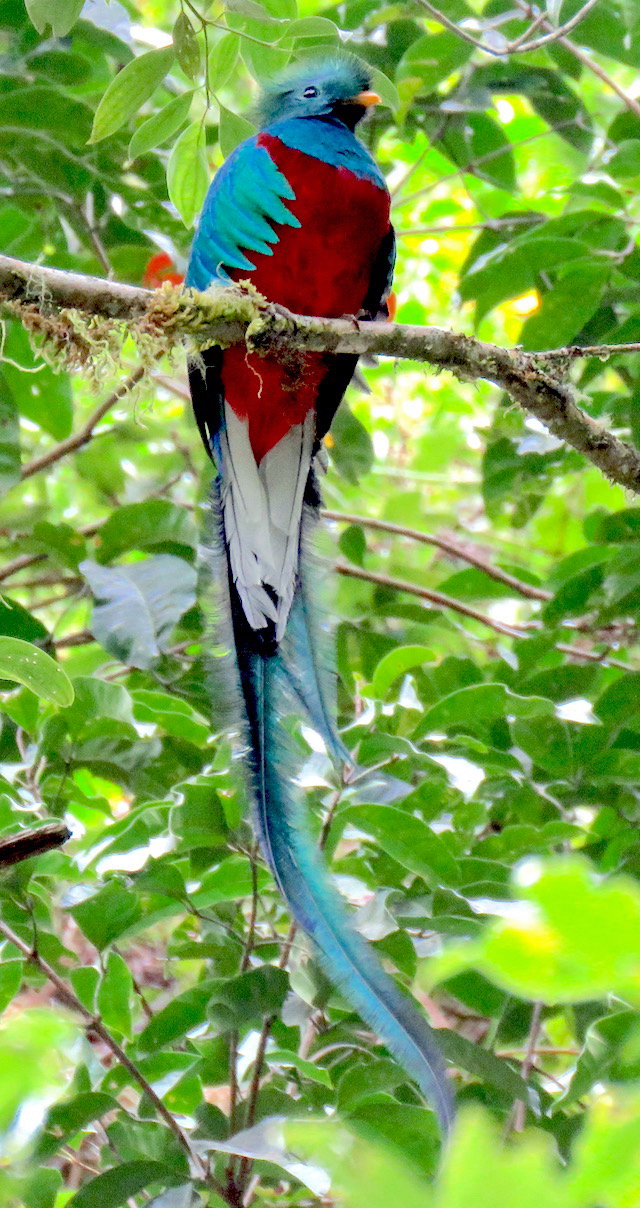
A male Resplendent Quetzal watches over the nest cavity, waiting to see what an intruding male might do.
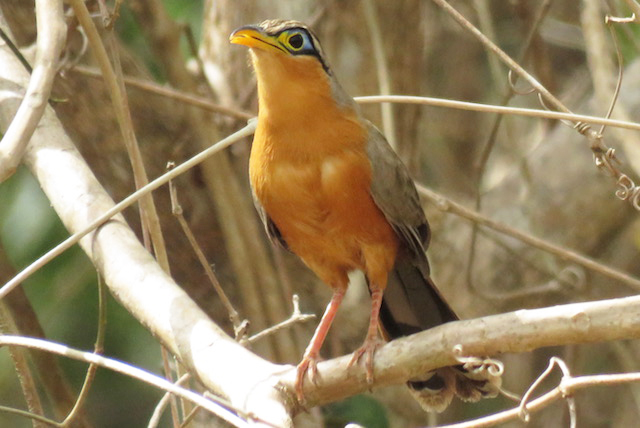
This Lesser Ground-Cuckoo sat up next to our bus and nearly fell of his perch as he belted out his song. The video can be seen here: https://youtu.be/o0Dby0L_oW0.

These Turquoise-browed Motmots were just the first two of 23 seen on one day.
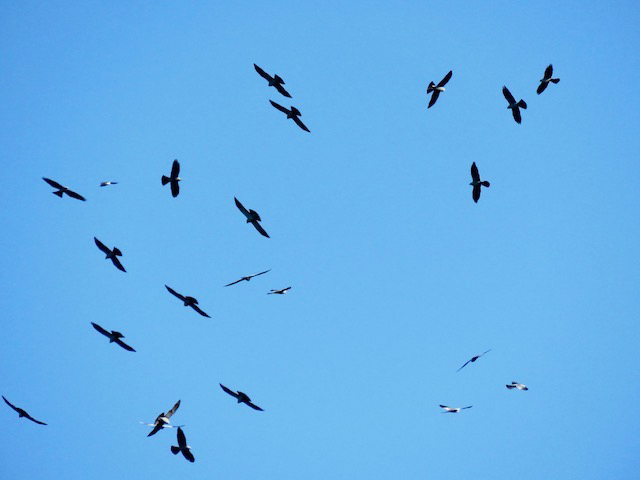
A total of 154 Mississippi Kites were counted in this exciting kettle of migrants.
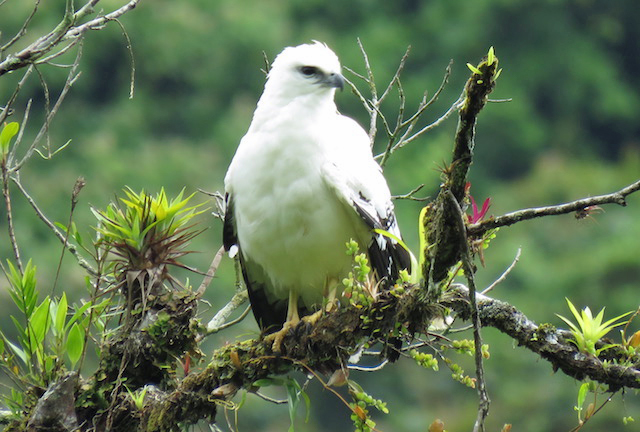
A White Hawk preening after a morning rain was a lucky find next to the road. A video of it can be seen here: https://youtu.be/ffW5golMbNc.
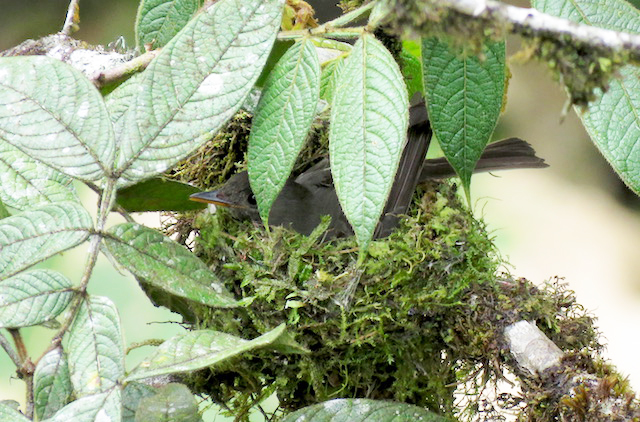
We sometimes miss Dark Pewee, but almost never do we get a chance to look so closely at a nest.
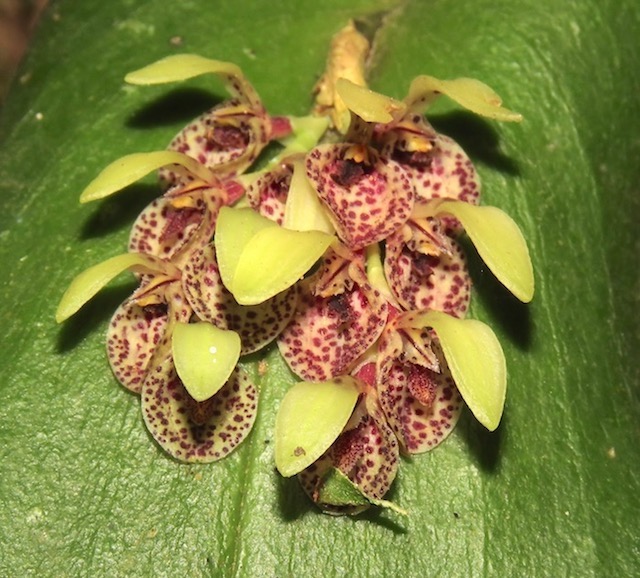
There weren’t many orchids in bloom, but this Acianthera cogniauxiana on our Monteverde hotel grounds was spectacular.
This rubyspot damselfly, Hetaerina majuscula, is probably the most attractive member of the genus.
This Whitened Bluewing, Myscelia cyaniris, was basking next to the trail on our last day.
The silk moth Rothschildia orizaba never fails to take the show when one is spotted, this one by a sharp-eyed participant just after we had seen a Spotted Woodcreeper.
